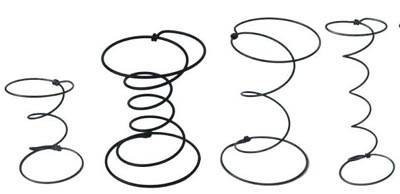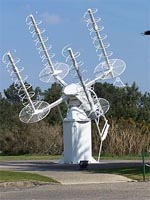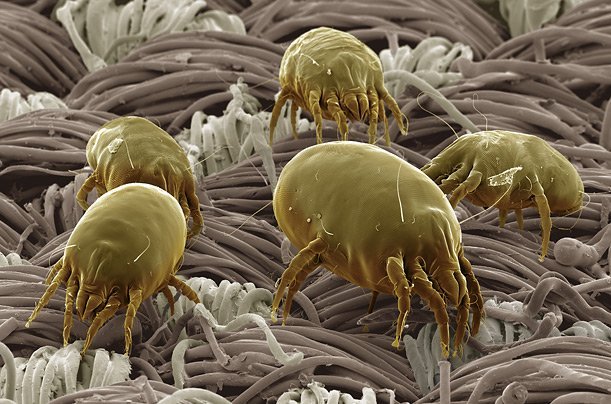Bed Springs and EMFs: Fact or Fiction?

Originally published in Natural Home Magazine
By Mary Cordaro
Nov/Dec 2004
Copyright, Mary Cordaro 2004
Hundreds of studies have been conducted to determine if radiation from electromagnetic fields (EMF's) effects human health. Almost all of these studies are focused on EMF's from alternating current (AC), from such sources as household electrical wiring and appliances, and high frequency EMF's, for example, from cell phones.
Scientists have not yet conducted large-scale studies regarding health effects and EMF's from metal in bedsprings and bed frames. However, preliminary research suggests there are at least 3 problems concerning metal in beds: 1) metal can concentrate and radiate a variety of EMF's from other sources (the EMF's that have been studied extensively), 2) metal can become permanently magnetized, and 3) metal disrupts our orientation to magnetic north.
First, metal bedsprings and bed frames can act as antennas for man-made frequencies, providing subtle, long-term exposures to a variety of low levels of EMF's. For example, in rooms with extremely high EMF's from power lines, household wiring or appliances, metal will concentrate and then radiate out, AC electromagnetic fields. Metal will also potentially concentrate and radiate EMF's from high frequency sources, particularly from FM radio, but also from television frequencies and nearby cell sites. All of this is measurable with highly sophisticated electronic testing devices used by specialized electrical engineers.
 |
| This is a satellite communications antenna which looks like it uses "old bed springs"! |
Secondly, because metal bedsprings and frames become easily and permanently magnetized, they can radiate a type of electromagnetic field, called the static magnetic field. This means that the metal springs act like many random magnets, and therefore, become a source of radiation from static magnetic fields. Long term exposure to random magnetism is quite different from specialized magnets doctors use to heal bone, and for many other medical applications, which are specific, controlled, direct and short term applications. In experiments with animals, scientists have found a correlation between static magnetic fields and tumor growth, weight gain, oxygen consumption, enzyme activity, wound healing, and bacterial growth. However, in these experiments, besides the strength of the static magnetic field, findings pointed to the third important factor: orientation to the earth's magnetic north.
The human body is an electromagnetic organism naturally oriented to the earth's magnetic north. The ability of our cells to communicate with each other depends, in part, upon magnetism. When we sleep in a metal bed and/or over metal bedsprings we are disconnected from the earth's beneficial magnetism. And this may have significant long-term effects. For example, scientists from the Institute of Geology at the University of Edinburgh studied a sample population over several years and found a correlation between heart attacks and subtle changes in the earth's magnetic field.
For all three EMF problems above, the effects are subtle. But because we sleep in such close proximity to metal for one third of our lives, when we are most vulnerable, these potential effects are no less important than those researched in the large scale studies. For more about the science behind EMF's, sources, health effects and studies, the Institute for Bau-Biologie offers a comprehensive on-line course. Go to: http://buildingbiology.net/

